IEEE Std 802.1-2011 Front cover
Title page
Introduction
Notice to users
Laws and regulations
Copyrights
Updating of IEEE documents
Errata
Interpretations
Patents
Participants
Contents
List of figures
List of tables
Important notice
1. Overview
1.1 Scope
1.2 Purpose
2. Normative references
3. Definitions
4. Acronyms and abbreviations
5. Conformance
5.1 Requirements terminology
5.2 Protocol Implementation Conformance Statement (PICS)
5.3 Time-aware Bridge and end station requirements
5.4 MAC-specific timing and synchronization methods for IEEE 802.3 full-duplex links
5.5 MAC-specific timing and synchronization methods for IEEE Std 802.11-2007
5.6 MAC-specific timing and synchronization methods for IEEE 802.3 EPON
5.7 MAC-specific timing and synchronization methods for coordinated shared network (CSN)
6. Conventions
6.1 General
6.2 Service specification method and notation
6.3 Data types and on-the-wire formats
7. Time synchronization model for a bridged local area network
7.1 General
7.2 Architecture of a time-aware bridged local area network
7.3 Time synchronization
7.4 Time-aware system architecture
7.5 Differences between gPTP and PTP
8. IEEE 802.1AS concepts and terminology
8.1 gPTP domain
8.2 Timescale
8.3 Communication path asymmetry
8.4 Messages
8.5 Ports
8.6 Time-aware system characterization
9. Application interfaces
9.1 Overview of the interfaces
9.2 ClockSourceTime interface
9.3 ClockTargetEventCapture interface
9.4 ClockTargetTriggerGenerate interface
9.5 ClockTargetClockGenerator interface
9.6 ClockTargetPhaseDiscontinuity interface
10. Media-independent layer specification
10.1 Overview
10.2 Time-synchronization state machines
10.3 Best master clock selection and announce interval setting state machines
10.4 Message attributes
10.5 Message formats
10.6 Protocol timing characterization
11. Media-dependent layer specification for full-duplex, point-to-point links
11.1 Overview
11.2 State machines for MD entity specific to full-duplex, point-to-point links
11.3 Message attributes
11.4 Message formats
11.5 Protocol timing characterization
12. Media-dependent layer specification for IEEE 802.11 links
12.1 Overview
12.2 Messages
12.3 Determination of asCapable
12.4 State machines
12.5 Format of VendorSpecific information element
12.6 Synchronization message interval
13. Media-dependent layer specification for interface to IEEE 802.3 Ethernet passive optical network link
13.1 Overview
13.2 Message attributes
13.3 Message format
13.4 Determination of asCapable
13.5 Layering for IEEE 802.3 EPON links
13.6 Service interface definitions
13.7 MD entity global variables
13.8 State machines
13.9 Message transmission intervals
14. Timing and synchronization management
14.1 General
14.2 Default Parameter Data Set
14.3 Current Parameter Data Set
14.4 Parent Parameter Data Set
14.5 Time Properties Parameter Data Set
14.6 Port Parameter Data Set
14.7 Port Parameter Statistics
14.8 Acceptable Master Table Parameter Data Set
15. Managed object definitions
15.1 Internet Standard Management Framework
15.2 Structure of the MIB
15.3 Security considerations
15.4 Textual conventions defined in this MIB
15.5 IEEE 802.1AS MIB module
Annex A (normative)
Protocol Implementation Conformance Statement (PICS) proforma
A.1 Introduction
A.2 Abbreviations and special symbols
A.3 Instructions for completing the PICS proforma
A.4 PICS proforma for IEEE Std 802.1AS-2011
A.5 Major capabilities
A.6 Media access control methods
A.7 Minimal time-aware system
A.8 Signalling
A.9 Best master clock
A.10 Grandmaster-capable system
A.11 Media-independent master
A.12 Media-dependent, full-duplex, point-to-point link
A.13 Media-dependent IEEE 802.11 link
A.14 Media-dependent IEEE 802.3 EPON link
A.15 Media-dependent CSN link
A.16 Media-dependent MoCA link
A.17 Media-dependent ITU-T G.hn link
Annex B (normative)
Performance requirements
B.1 LocalClock requirements
B.2 Time-aware system requirements
B.3 End-to-end time-synchronization performance
B.4 End-to-end jitter and wander performance
Annex C (informative)
Time-scales and epochs
C.1 Overview
C.2 TAI and UTC
C.3 NTP and GPS
C.4 Time-scale conversions
C.5 Time zones and GMT
Annex D (normative)
State diagram notation
Annex E (normative)
Media-dependent layer specification for CSN Network
E.1 Overview
E.2 Coordinated Shared Network characteristics
E.3 Layering for CSN links
E.4 Path delay measurement over a CSN backbone
E.5 Synchronization messages
E.6 Specific CSN requirements
E.7 Grandmaster capability
E.8 CSN clock and node requirements
Annex F (informative)
PTP profile included in this standard
F.1 Identification
F.2 PTP attribute values
F.3 PTP options
F.4 LocalClock and time-aware system performance requirements
Annex G (informative) Bibliography
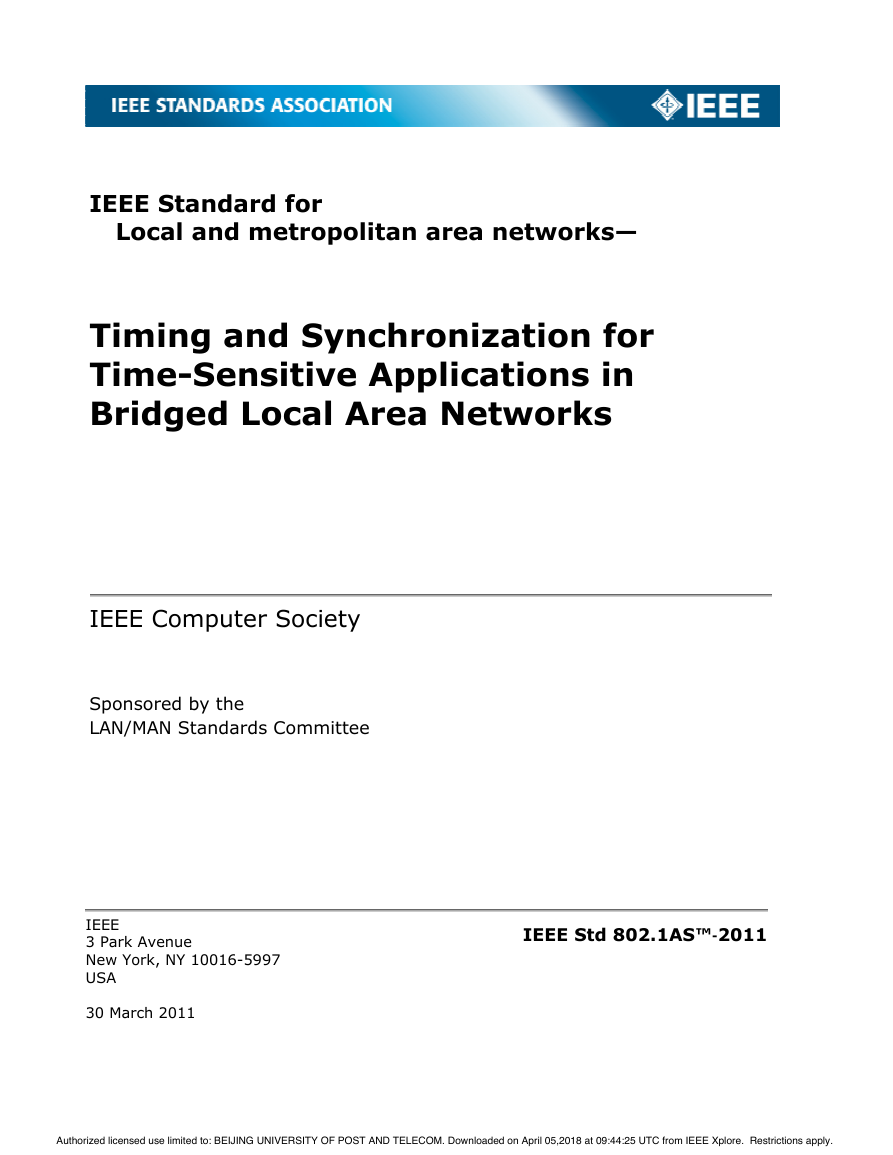
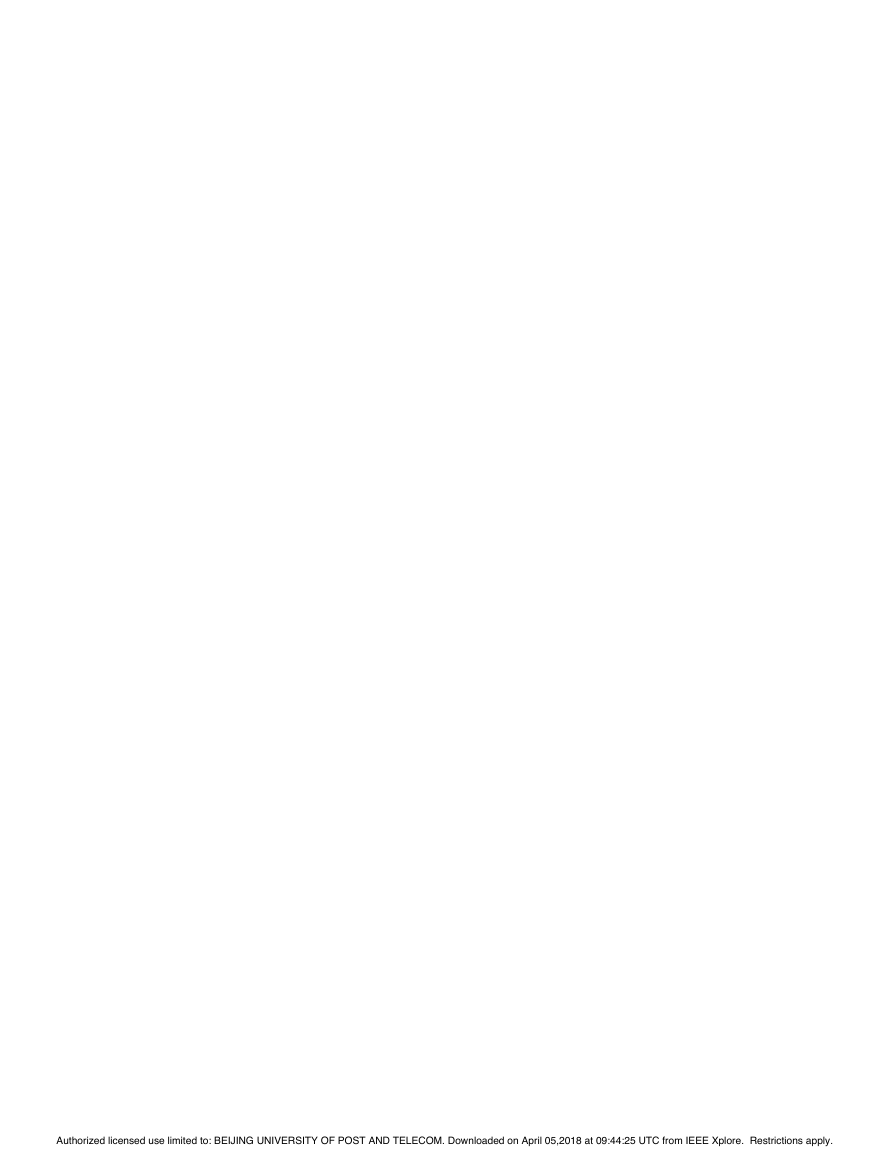
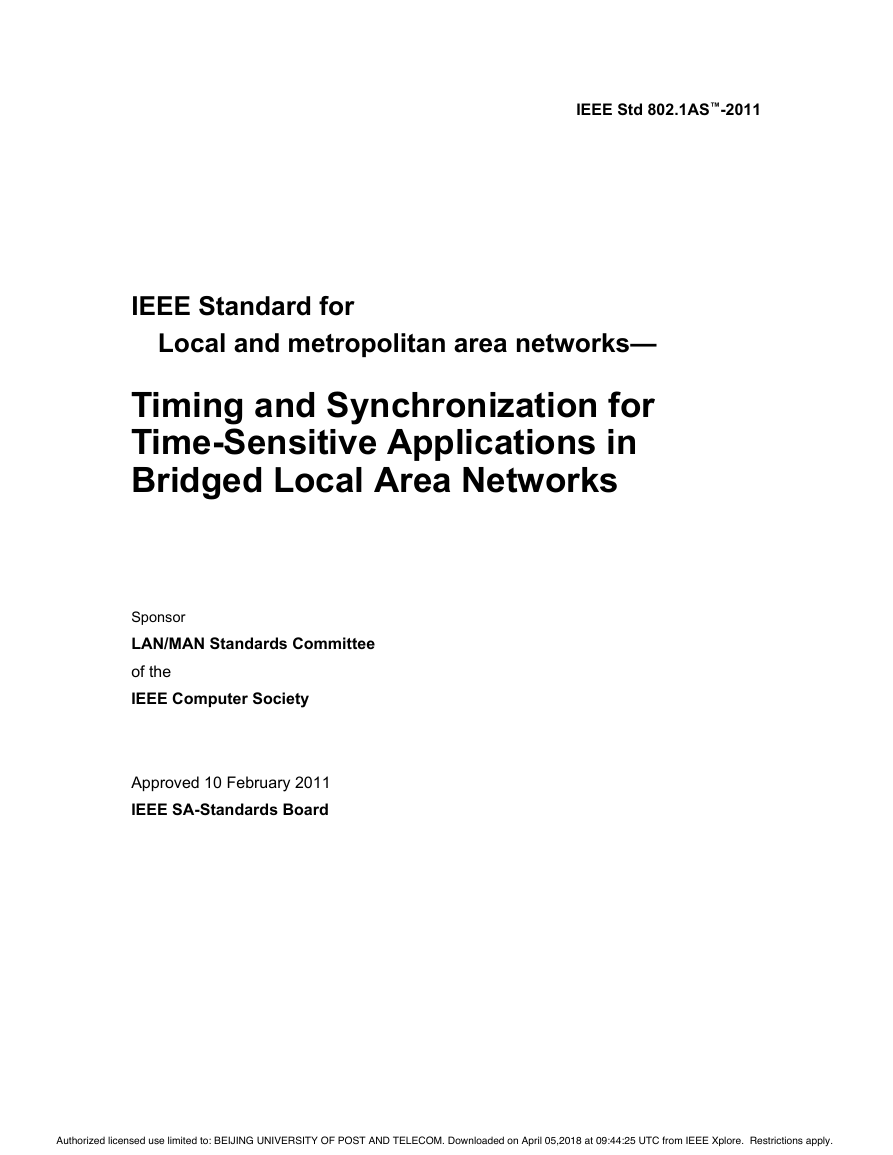
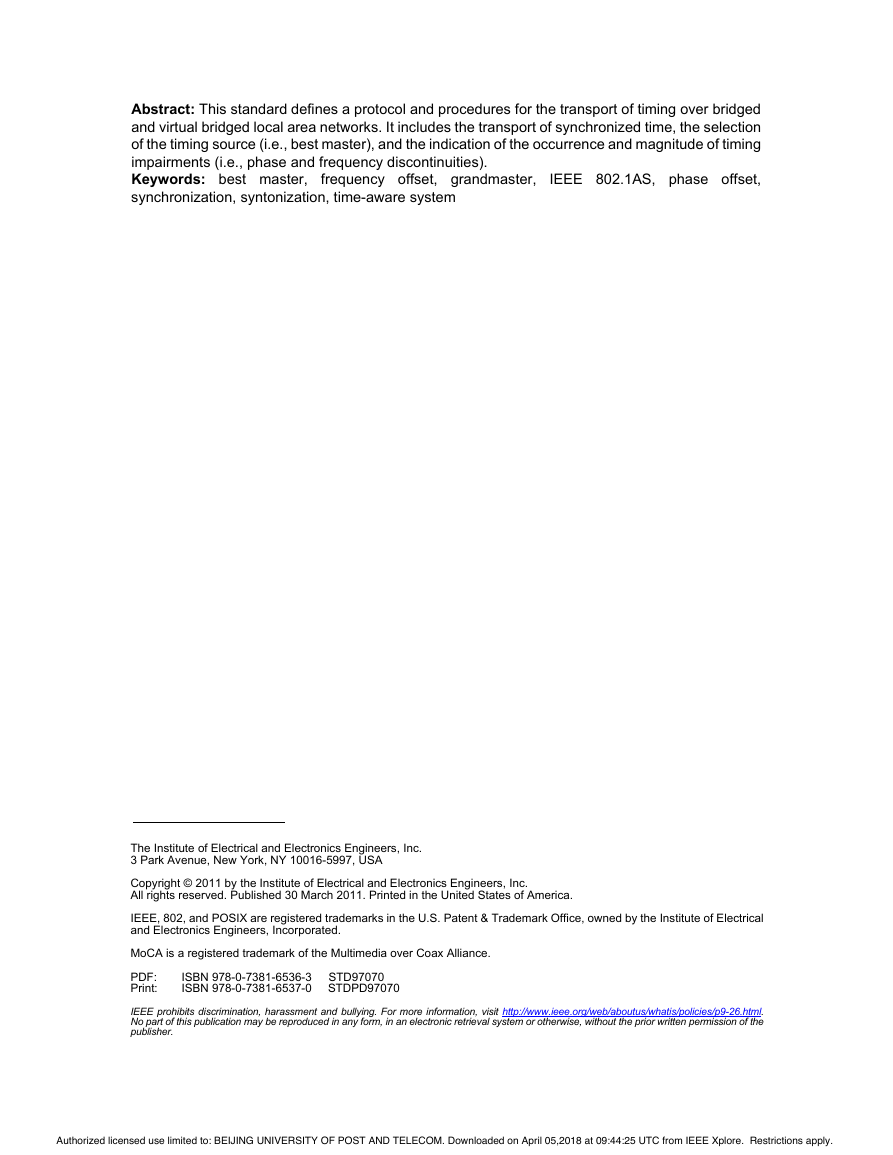
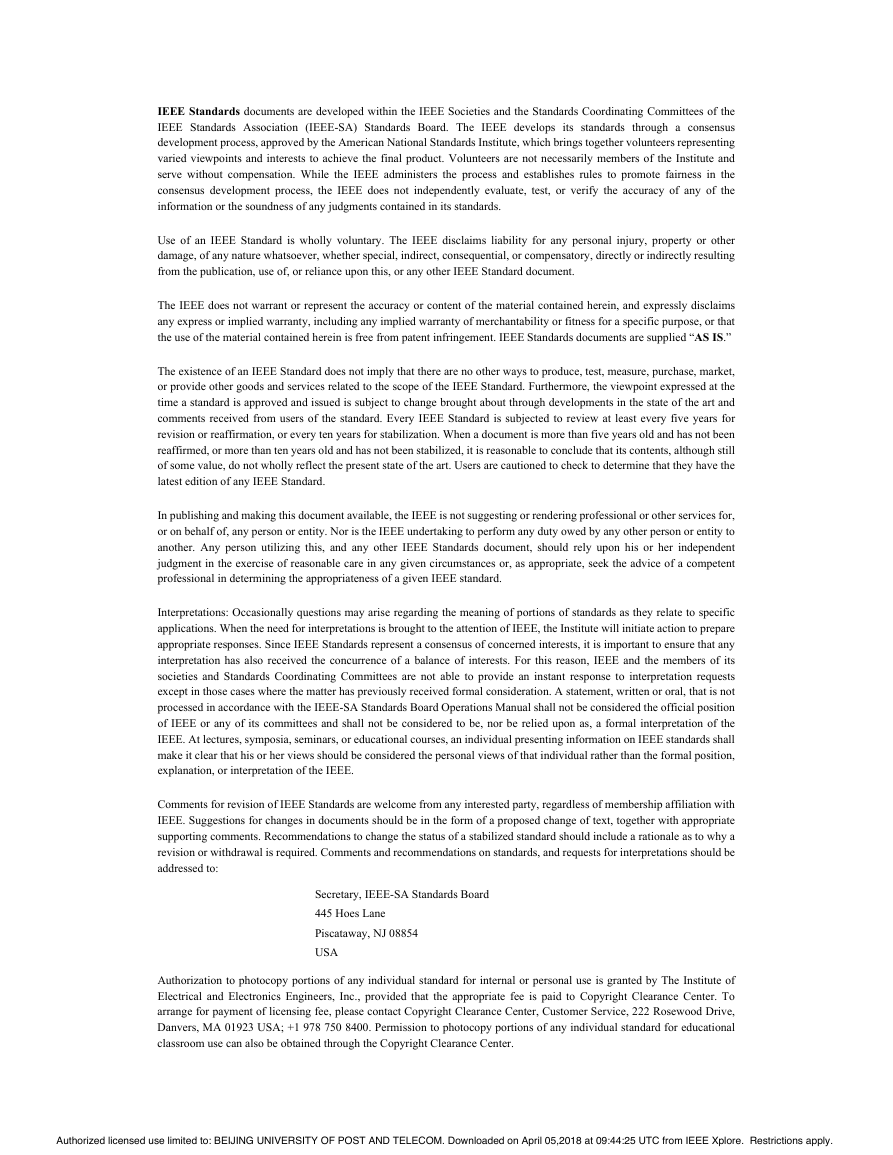


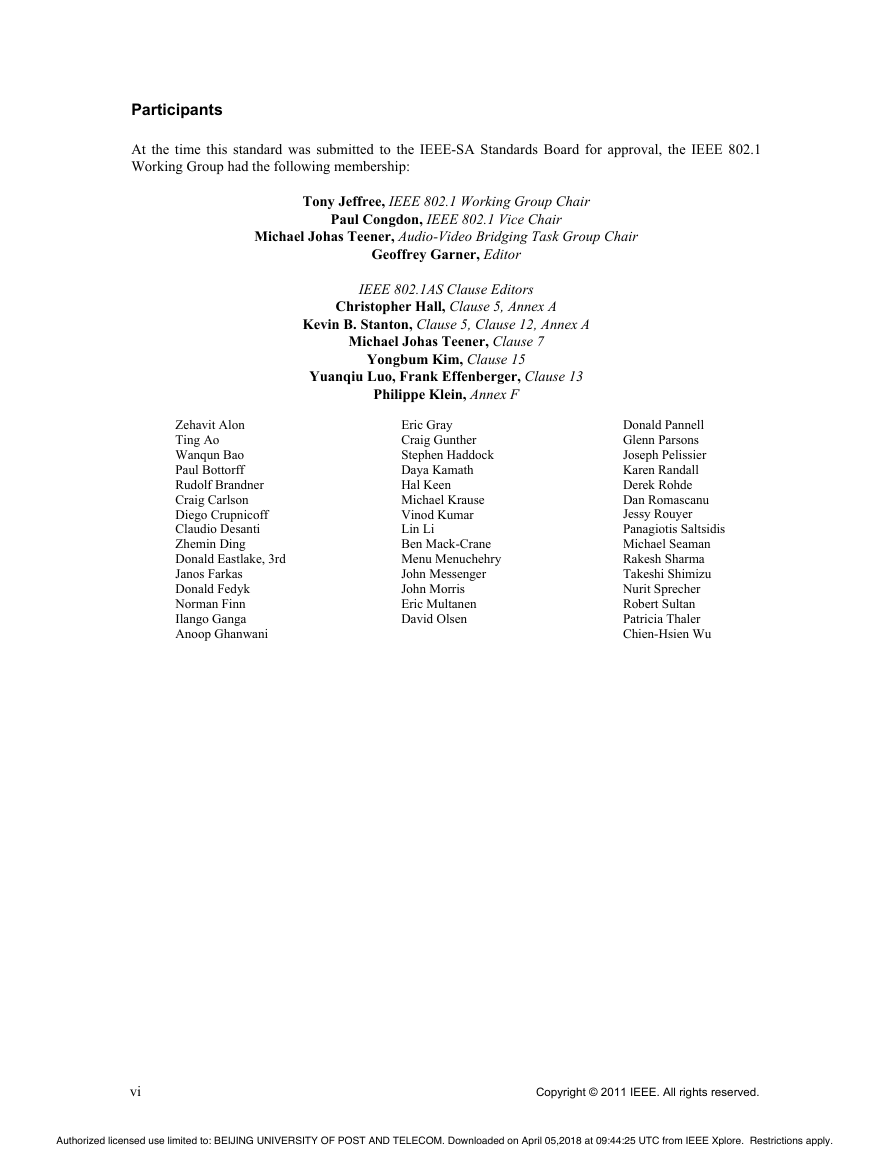








 2023年江西萍乡中考道德与法治真题及答案.doc
2023年江西萍乡中考道德与法治真题及答案.doc 2012年重庆南川中考生物真题及答案.doc
2012年重庆南川中考生物真题及答案.doc 2013年江西师范大学地理学综合及文艺理论基础考研真题.doc
2013年江西师范大学地理学综合及文艺理论基础考研真题.doc 2020年四川甘孜小升初语文真题及答案I卷.doc
2020年四川甘孜小升初语文真题及答案I卷.doc 2020年注册岩土工程师专业基础考试真题及答案.doc
2020年注册岩土工程师专业基础考试真题及答案.doc 2023-2024学年福建省厦门市九年级上学期数学月考试题及答案.doc
2023-2024学年福建省厦门市九年级上学期数学月考试题及答案.doc 2021-2022学年辽宁省沈阳市大东区九年级上学期语文期末试题及答案.doc
2021-2022学年辽宁省沈阳市大东区九年级上学期语文期末试题及答案.doc 2022-2023学年北京东城区初三第一学期物理期末试卷及答案.doc
2022-2023学年北京东城区初三第一学期物理期末试卷及答案.doc 2018上半年江西教师资格初中地理学科知识与教学能力真题及答案.doc
2018上半年江西教师资格初中地理学科知识与教学能力真题及答案.doc 2012年河北国家公务员申论考试真题及答案-省级.doc
2012年河北国家公务员申论考试真题及答案-省级.doc 2020-2021学年江苏省扬州市江都区邵樊片九年级上学期数学第一次质量检测试题及答案.doc
2020-2021学年江苏省扬州市江都区邵樊片九年级上学期数学第一次质量检测试题及答案.doc 2022下半年黑龙江教师资格证中学综合素质真题及答案.doc
2022下半年黑龙江教师资格证中学综合素质真题及答案.doc